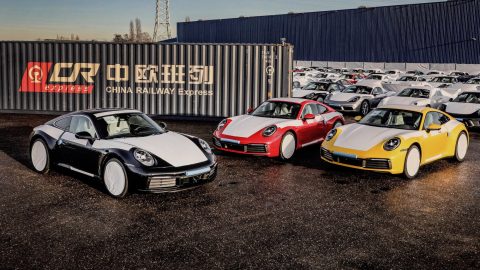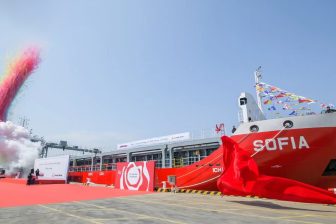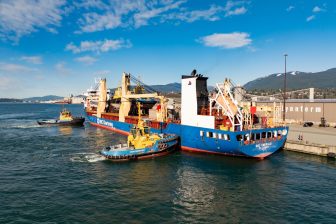
Porsche puts cars on train to China
Porsche has traditionally relied on trains for its logistics in Europe but from April 2019 the sports car manufacturer will use rail transport for its transcontinental logistics as well. Part of the vehicles will travel to China by train via the New Silk Road, which is up to three weeks faster than transporting them by sea.
The Chinese market share for vehicle deliveries in 2018 was 31 percent, making it the highest-volume individual market for Porsche. Currently, around 80,000 sports cars each year make their way by sea to Guangzhou, Shanghai or Tianjin, covering a distance of over 18,500 kilometres. In total, sea transportation from the factory to the Porsche Centres in China takes about fifty days.
In comparison, the distance by rail is around 11,000 kilometres. For that reason from now on, 11 percent of new sports cars will be exported via the new rail link along the Silk Road to south-west China. The overland route from Europe to China is known as the Belt and Road Initiative (BRI). The route travels eastward from Germany through Poland, Belarus, Russia, and Kazakhstan, to the south-west Chinese metropolis of Chongqing. From there, the new vehicles will be delivered to regional dealers.
Transportation on the New Silk Road begins following successful testing. “Our customers in south-west China will receive their new vehicle much more quickly”, explains Oliver Bronder, Vice President Logistics and Production Control at Porsche. “The 20-day rail route shortens the period required for vehicle logistics by up to three weeks, despite different track gauges and multiple container transfers.”
You just read one of our premium articles free of charge
Register now to keep reading premium articles.




